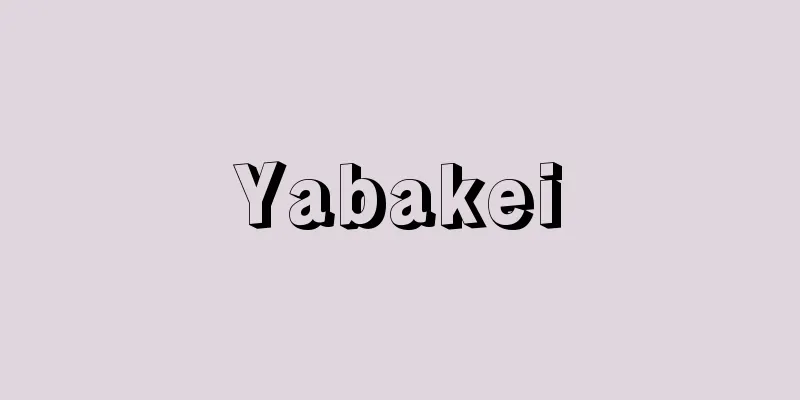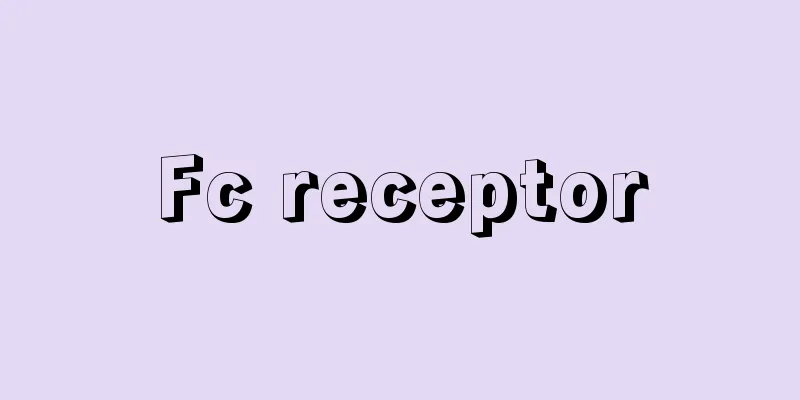Clavichord (English spelling)

|
Along with the harpsichord, it is a keyboard instrument that was the predecessor of the piano. While the harpsichord produces sound by plucking the strings, the clavichord produces sound by striking the strings from below with a brass wedge called a tangent attached to the key that rises when the key is lowered. The clavichord originated when a keyboard was attached to a monochord or a polychord, which has multiple strings, and it is thought that the original form was created by around the 15th century, and it was widely used in Europe from the Baroque period in the 16th to 18th centuries. The clavichord has a rectangular body, with the keys on the long side of the body and the strings stretched parallel to the keys (longitudinal direction). In the early days, one string was shared by 2 to 4 keys (shared strings), but in the 18th century, this was changed to one key per string (exclusive strings), which allowed greater freedom in playing and eventually expanded the range to five octaves. However, it is said that instruments with shared strings have a better tone. Because the clavichord has a very small sound, it was loved mainly as a home instrument. It is possible to make subtle changes in dynamics, and unique playing techniques have been devised, such as the Böhmung technique, which takes advantage of the fact that the tangents remain in contact with the strings even after the key is struck, and applies pressure several times after the key is struck to create a kind of vibrato effect. [Maekawa Haruhisa] 18th century, width 93.7 x depth 31.7 cm, owned by the Metropolitan Museum of Art, Germany"> Clavichord Source: Shogakukan Encyclopedia Nipponica About Encyclopedia Nipponica Information | Legend |
|
ハープシコードとともに、ピアノの前身となった鍵盤(けんばん)楽器。ハープシコードが弦を掻(か)いて音を出すのに対し、クラビコードは、鍵を下げると鍵の反対側が上がり、そこに取り付けられたタンジェントとよばれる真鍮(しんちゅう)の楔(くさび)で弦を下から打つことで音を出す。クラビコードの起源は、モノコルドや、その弦を複数にしたポリコルドに鍵盤をつけたことにあり、15世紀ごろまでにはその原形ができていたと考えられ、16~18世紀のバロック時代にかけてヨーロッパで広く用いられた。 クラビコードは長方形の胴をもち、胴の長辺の側に鍵盤を配し、弦は鍵盤と平行に(長辺方向に)張られている。初期には、1本の弦を2~4の鍵で共用できる仕組み(共有弦)になっていたが、18世紀には1鍵対1弦(専有弦)になって演奏の自由さは向上し、音域も最終的には5オクターブにまで広げられた。ただし、共有弦の楽器のほうが音色は優れているともいわれる。クラビコードは音量がごく小さいため、もっぱら家庭用の楽器として愛好された。微妙な強弱の変化をつけることが可能で、打鍵後もタンジェントが弦に触れていることを利用して、打鍵のあとに何度か圧力をかけ直して一種のビブラート効果を得るベーブンク奏法のような、独自の奏法も考案された。 [前川陽郁] 18世紀 幅93.7×奥行31.7cm ドイツメトロポリタン美術館所蔵"> クラビコード 出典 小学館 日本大百科全書(ニッポニカ)日本大百科全書(ニッポニカ)について 情報 | 凡例 |
>>: Clavius - Christoph Clavius
Recommend
Praetorius, H. (English spelling) PraetoriusH
… The cathedral also pioneered the toccata and ri...
Gustavo Rojas Pinilla
1900‐74 President of Colombia. In office from 1953...
Areop Enap - Areop Enap
…Oceanian mythology is diverse due to differences...
Chairman Mao's Sayings - Mao Zhǔ xí yǔ lù
This is a collection of excerpts from Mao Zedong&#...
Buzen [city] - Buzen
A city in the eastern part of Fukuoka Prefecture, ...
Organum (machine) - Organum
… Early organs often used water pressure to blow ...
Armeria caespitosa (English spelling) Armeria caespitosa
… [Munemin Yanagi]. … *Some of the terminology th...
Carbon - tanso (English spelling) carbon
It belongs to group 14 of the periodic table and ...
Winged ant (Haari)
Male and female ants have two pairs of membranous ...
Emperor Seiwa
Year of death: 4th December 19th, 881 (7th January...
Oppidum (English spelling)
The central area of a Roman city, settlement, or...
Economics of Education
A field of applied economics that examines the eco...
Subaru - Subaru
A literary magazine. From January 1909 (Meiji 42)...
Tyto alba (English spelling) Tytoalba
...A general term for birds in the Tytonidae fami...
Imakita Hongcheon
Year of death: January 16, 1892 (Meiji 25) Year of...









